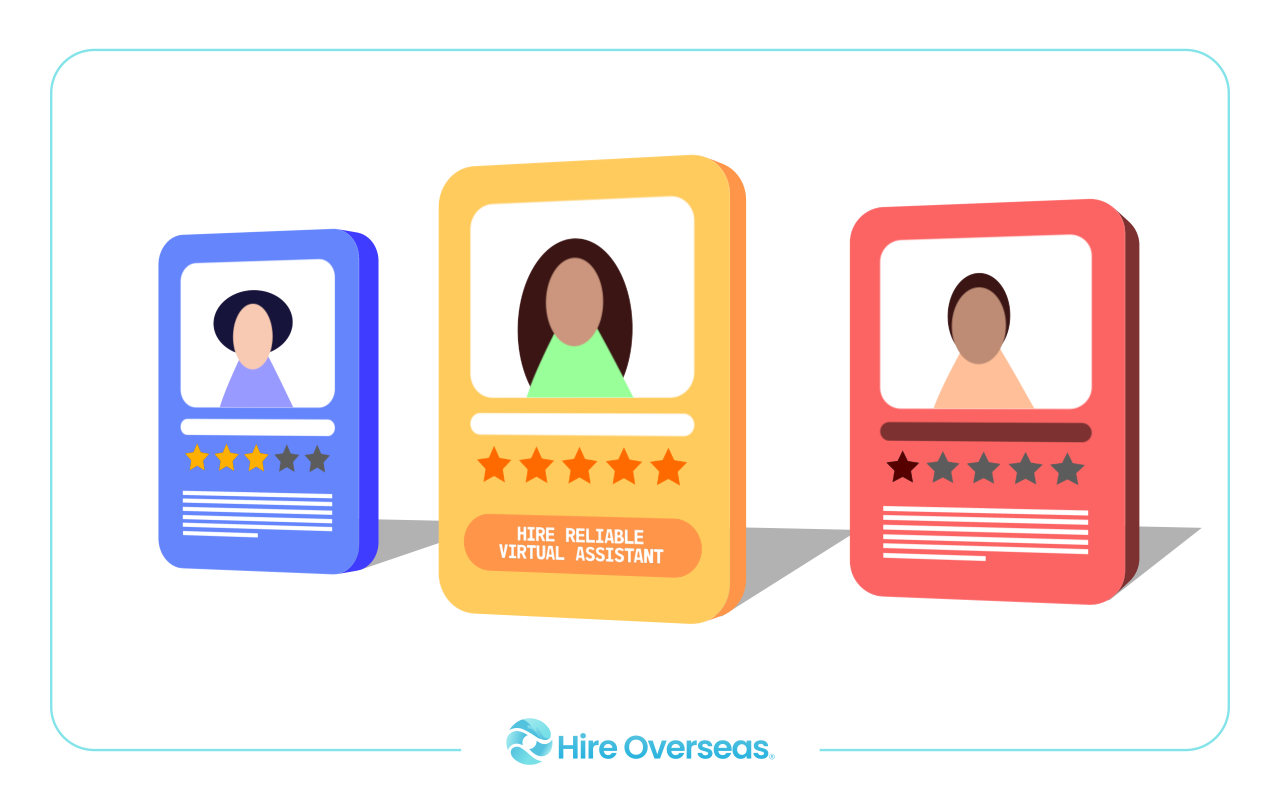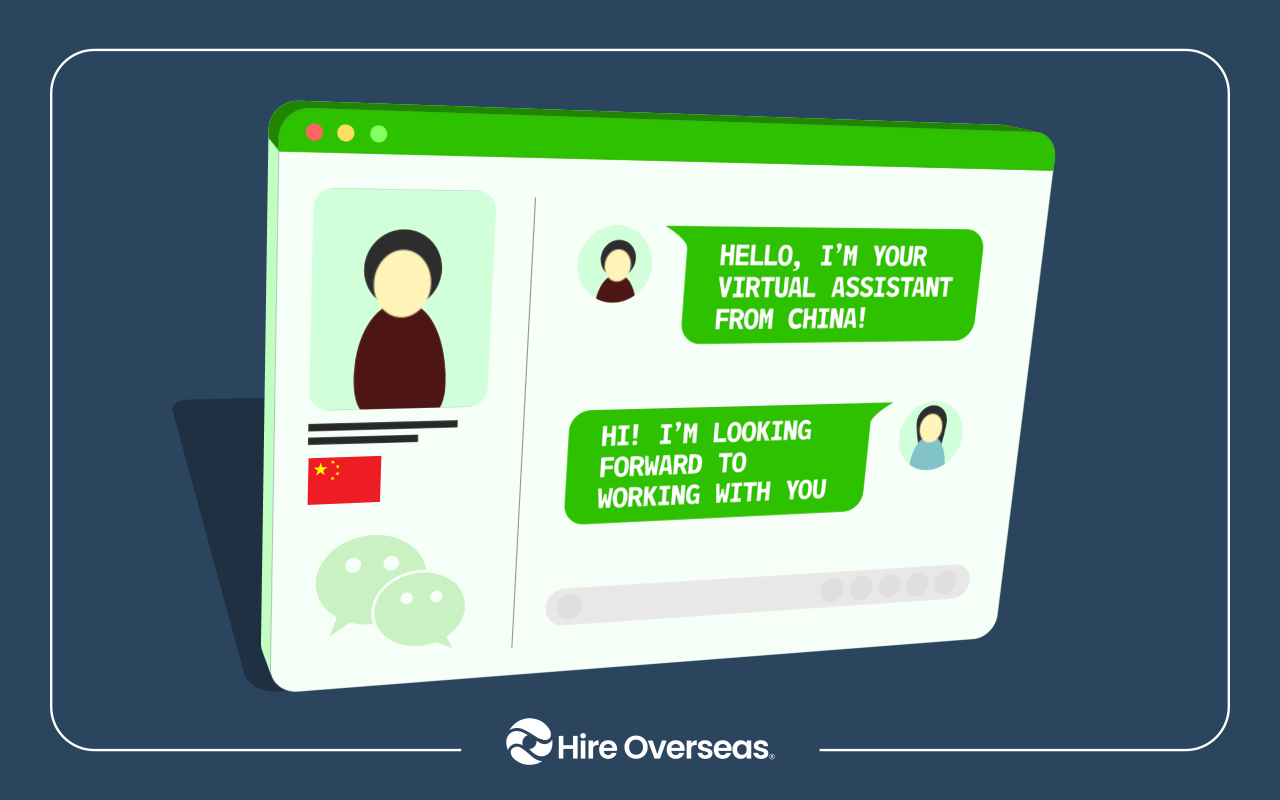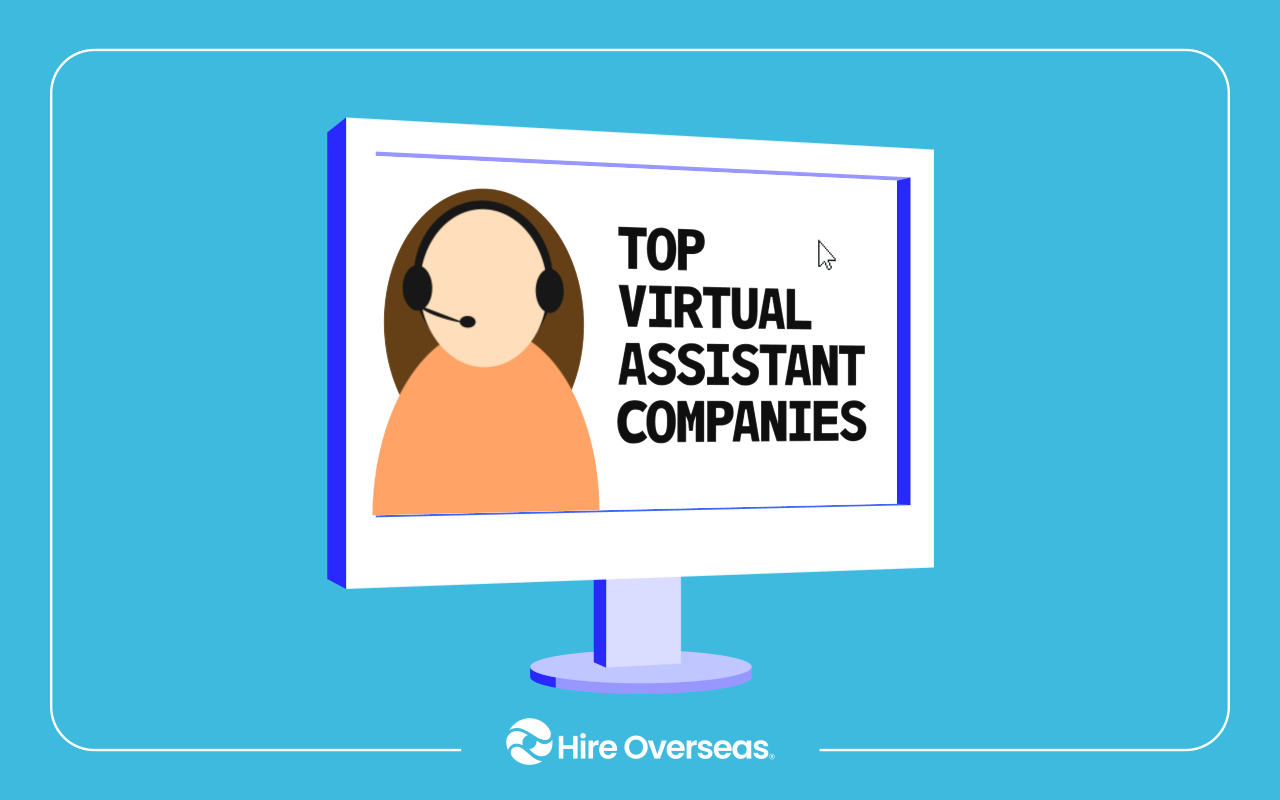How to Hire Employees from Overseas: A Complete Guide for U.S. Employers
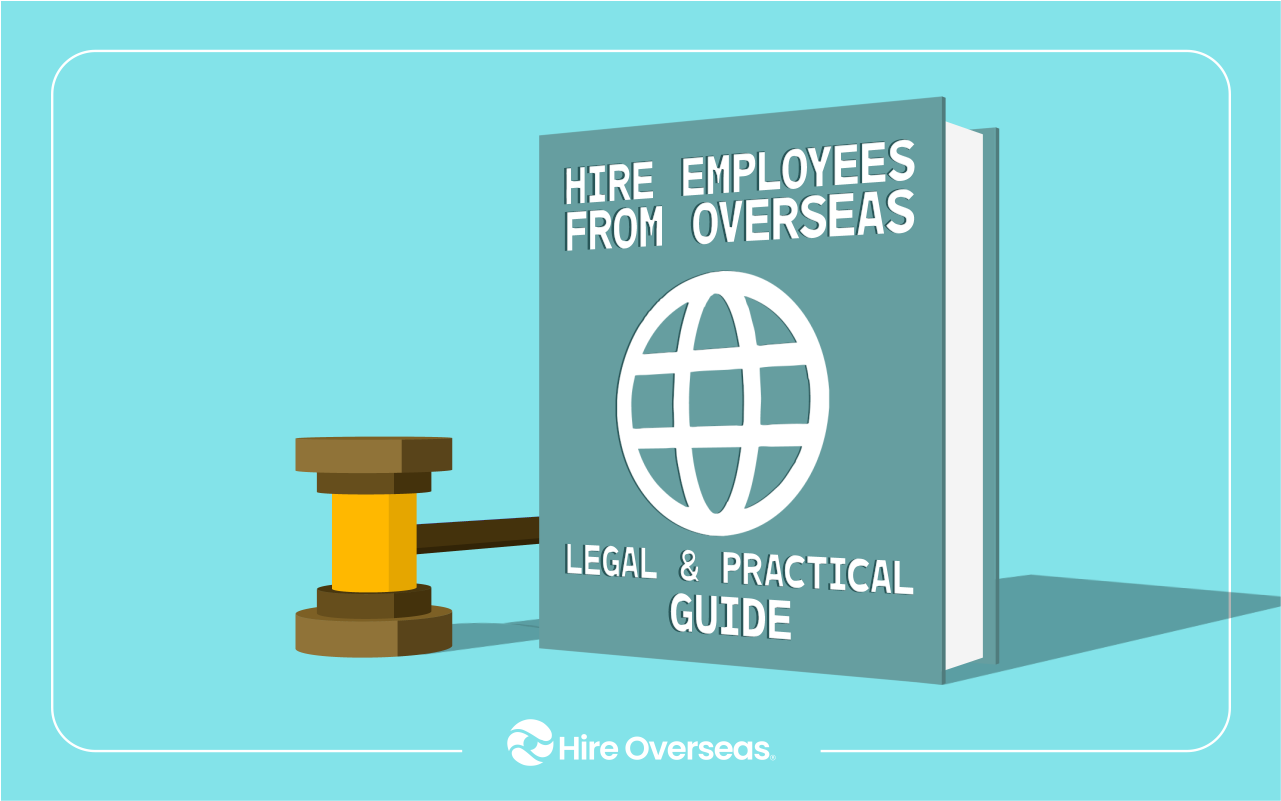
Expanding your workforce globally has never been easier or more necessary. With talent shortages in the U.S., businesses are looking beyond borders to hire employees from overseas. Whether through relocation under visa programs or building distributed remote teams, international hiring gives companies access to specialized skills, cost savings, and long-term scalability. In this guide, we’ll walk through the key benefits, visa options, hiring steps, and compliance essentials. By the end, you’ll know exactly how to hire overseas workers effectively while avoiding common pitfalls and ensuring compliance with both U.S. and international labor laws.
Why U.S. Employers Hire Overseas Employees
.webp)
For many U.S. businesses, the decision to hire overseas workers is driven by the need for specialized skills and cost efficiency. Domestic talent shortages in fields like technology, healthcare, and engineering make it difficult to fill roles locally. By expanding recruitment internationally, employers can access highly qualified professionals without being limited to the U.S. talent pool.
Here are the main advantages of hiring overseas employees:
Access to Global Talent Pools
Hiring overseas allows U.S. companies to tap into international labor markets where skilled professionals are more readily available. From software developers in Asia to finance experts in Europe, overseas recruitment helps businesses find the right fit faster and often at a lower cost.
Cultural Diversity and Innovation
Building teams with overseas employees brings diverse perspectives that improve problem-solving and foster innovation. These cross-cultural insights also help companies serve global customers more effectively and expand into new markets with confidence.
Scalability and Flexibility
With overseas hiring, employers can build remote teams or bring on temporary foreign workers to meet seasonal or project-based demand. This flexibility makes it easier to scale operations up or down without the risks of long-term staffing commitments.
Cost Efficiency
One of the most practical benefits of hiring overseas employees is reduced labor costs. Salaries, benefits, and overhead expenses are often lower in international markets, allowing businesses to stretch budgets further while still securing top talent.
In short, the ability to hire overseas workers empowers U.S. employers to stay competitive, cut costs, and access skills that may be unavailable domestically, making overseas recruitment not just a staffing option, but a key growth strategy.
Hiring International Employees to Work in the U.S.
When U.S. companies choose to hire international employees, the process often involves relocation rather than remote work. In this case, foreign nationals are physically employed within the United States under regulated visa programs and must work under an official employment contract. These arrangements ensure compliance with both immigration laws and U.S. labor standards.
Key Visa Options for Hiring Foreign Workers in the U.S.
Several visa categories allow U.S. employers to legally bring in foreign workers depending on industry needs:
- H-1B Visa – Designed for highly skilled professionals in specialty roles such as IT, finance, healthcare, and engineering. This is one of the most common routes for U.S. employers hiring foreign workers in technical fields.
- H-2B Visa – For temporary foreign workers filling seasonal or peak-load positions in non-agricultural industries like hospitality, landscaping, or construction.
- H-2A Visa – Specifically for agricultural employers facing labor shortages and needing seasonal farmworkers.
- L-1 Visa – Allows intracompany transfers of executives, managers, or employees with specialized knowledge from a foreign branch to a U.S. office.
Each visa comes with strict eligibility requirements, quotas, and timeframes. Employers must plan strategically to secure the right category for their workforce needs.
Steps to Hire Foreign Workers in the U.S.
Bringing international talent into the country requires careful planning and adherence to U.S. immigration laws. Here’s the standard process for how to hire foreign workers in the U.S.:
1. Determine Eligibility
Confirm that the role qualifies for a work visa. Certain visas require the job to be in a specialty occupation, while others focus on temporary or seasonal needs.
2. Secure Labor Certification (if required)
For some visa categories, employers must obtain a labor certification from the Department of Labor. This demonstrates that there are no qualified U.S. applicants available and ensures the employment of a foreigner under an employment contract will not negatively impact domestic workers.
3. File a Petition
Employers must file Form I-129 (Petition for a Nonimmigrant Worker) with U.S. Citizenship and Immigration Services (USCIS). Supporting documents should include details of the job, employment terms, and proof of eligibility.
4. Obtain Visa Approval
Once approved, the prospective employee applies for the visa at a U.S. embassy or consulate in their home country. The embassy reviews documentation, conducts an interview, and issues the visa if requirements are met.
5. Onboard the Employee
After entering the U.S., the worker must be properly onboarded with an official employment contract, I-9 employment eligibility verification, and compliance with federal and state labor laws.
When Should You Consider Hiring International Employees to Work in the U.S.?
If you’re unsure whether now is the right time to hire international employees in the U.S., the answer often depends on your company’s size, growth stage, and talent needs. Both small businesses and large enterprises can benefit, but the motivations and timing are often different.
For Small Businesses
As a small business, you might consider hiring foreign workers when:
- You need specialized skills (such as software development or advanced engineering) that are scarce in your local market.
- You want to expand services but can’t find affordable talent domestically.
- You require temporary foreign workers to handle seasonal demand, such as in agriculture, hospitality, or construction.
- You’re preparing for growth and need niche expertise to scale quickly.
For startups and smaller companies, hiring even one highly skilled international employee can have a major impact—bringing in expertise that accelerates growth and positions your business for long-term success.
For Enterprises
As a larger organization, you may turn to foreign worker recruitment when:
- You need to fill high volumes of specialized roles across multiple departments.
- You’re transferring executives or technical specialists from global offices through L-1 intracompany visas.
- You’re investing in long-term workforce development by sponsoring H-1B visas for critical technical positions.
- You want to strengthen global operations by blending domestic and international teams.
For enterprises, international hiring is less about filling a single role and more about building a sustainable talent pipeline that supports innovation, expansion, and global competitiveness.
Beyond Relocation: Hiring Remote Overseas Employees
Not every role requires an employee to relocate to the U.S. In fact, more businesses are choosing to hire overseas employees who work remotely from their home countries. This option eliminates the complexities of visas and immigration while still giving U.S. employers access to global talent.
Remote hiring is especially valuable for digital-first roles in technology, design, customer service, and back-office operations where physical presence in the U.S. isn’t necessary.
Benefits of Hiring Remote International Employees
When you hire international employees remotely, you unlock unique advantages:
- Faster Hiring – No need to wait for visa approvals or relocation timelines.
- Cost Savings – Labor costs are often lower overseas, and you avoid relocation expenses.
- Access to Niche Skills – Remote hiring lets you recruit specialists worldwide without geographic limits.
- Business Continuity – Distributed teams reduce reliance on a single location and increase resilience.
- 24/7 Productivity – Distributed teams across time zones allow round-the-clock operations, ensuring projects progress even while your home office sleeps.
- Diverse Perspectives & Innovation – Global teams bring varied cultural and professional insights, leading to more innovative solutions and stronger customer understanding in international markets.
- Easier Market Expansion – Hiring in new regions helps companies establish a footprint abroad, creating natural pathways to global growth without immediately opening offices.
This makes remote recruitment an excellent strategy for startups, SMEs, and enterprises alike.
Want to learn why Filipino professionals are in high demand for global roles? Read more about hiring Filipino talent for your remote team
Remote Employees vs. U.S.-Based Foreign Workers
A key decision for U.S. employers is whether to hire overseas workers remotely or bring them to the United States under visa programs. Both approaches can help you access global talent, but the right choice depends on your business needs, industry, and long-term goals.
Hiring International Employees in the U.S.
Relocating foreign workers to the U.S. is ideal when:
- In-person collaboration is essential — Roles that require on-site presence, such as healthcare, engineering, or leadership positions, benefit from physical proximity.
- Specialized visa pathways exist — Programs like H-1B or L-1 visas are designed for highly skilled professionals or intracompany transfers.
- You want to integrate talent into U.S. operations long-term — Relocation allows employees to fully immerse in company culture and contribute to strategic initiatives.
While relocation provides strong integration, it also comes with challenges such as lengthy visa processes, higher costs, and limited visa availability.
Hiring Remote Overseas Employees
Remote hiring, on the other hand, is best suited when:
- Roles can be performed online — Positions in IT, marketing, customer support, finance, and back-office operations are ideal for remote setups.
- Speed and scalability are priorities — Hiring international employees remotely avoids visa delays, making it easier to expand teams quickly.
- Cost control is critical — Labor costs and overhead expenses are often lower in overseas markets, freeing up resources for growth.
- Global coverage is needed — With remote teams across time zones, companies can extend support hours and operate around the clock.
Remote hiring offers flexibility and affordability, though it requires strong systems for payroll compliance, communication, and performance management.
The Hybrid Approach
Many organizations adopt a hybrid strategy, combining both models:
- Essential talent relocates to the U.S. under work visas for roles that demand presence, leadership, or specialized skills.
- Distributed teams remain overseas, supporting digital operations, customer service, and project-based work.
This blended model maximizes flexibility, reduces costs, and ensures companies always have the right people in the right place—whether on-site in the U.S. or working remotely from abroad.
In short, deciding between hiring foreign workers in the U.S. and hiring overseas employees remotely isn’t an either-or choice. The most successful comp
How to Hire Remote International Employees
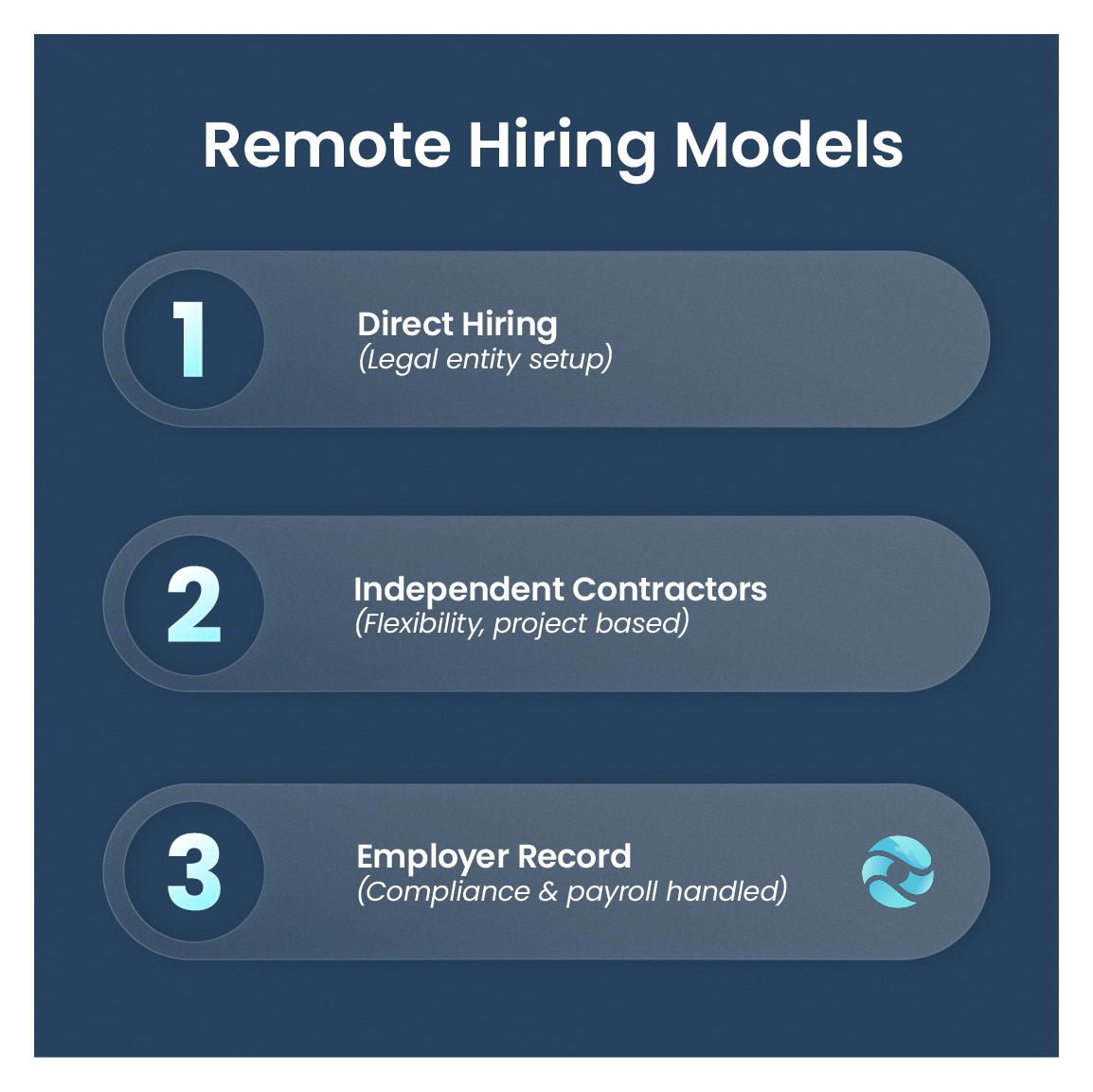
If you’re exploring how to hire international employees to work remotely, there are three main approaches, each with unique advantages:
1. Direct Hiring
This involves setting up a legal entity in the worker’s country and employing them directly. While it provides full control, it can be costly and complex, especially when navigating local labor, tax, and payroll requirements. Best for enterprises planning permanent operations in a specific country.
2. Independent Contractors
Hiring freelancers or independent contractors is a flexible way to fill short-term or highly specialized roles. However, managing contracts, ensuring compliance, and verifying skill quality can be challenging without local expertise.
Hire Overseas stands out here as a unique approach to global hiring. We provide fully vetted independent contractors from the top 1% of global talent. Our end-to-end support ensures you get reliable, highly skilled professionals without compliance risks.
With us, you benefit from:
✅ Top 1% Talent – Only the most qualified candidates pass our rigorous screening process.
✅ End-to-End Support – From sourcing and onboarding to payroll and HR management, we take care of the details.
✅ Transparent Pricing – Fixed, predictable cost starting at $2,000 USD per month, with no hidden fees.
✅ Scalable Teams – Easily add one contractor or build an entire offshore team as your needs grow.
✅ Compliance Assurance – Structured contracts and local expertise help you avoid misclassification risks.
This makes it simple for businesses of any size to access world-class talent and scale globally with confidence.
3. Employer of Record (EOR) or Global Partner
An Employer of Record (EOR) allows you to legally hire and pay remote international employees without setting up a local entity. The EOR manages contracts, payroll, and compliance, while you focus on managing performance.
Comparison: Hiring International Employees in the U.S. vs. Hiring Remote International Employees
Want a deeper dive into remote hiring strategies? Read more about how to hire remote employees
What U.S. Employers Must Know About Payroll, Taxes, and Compliance
When it comes to hiring foreign workers, payroll and compliance are among the biggest challenges U.S. employers face. Whether you’re relocating an employee to the U.S. under a visa program or hiring them remotely overseas, you’ll need to navigate multiple tax systems, labor laws, and reporting requirements.
Here are key factors to consider:
U.S. Tax Implications
For workers relocating to the U.S., employers must manage proper tax withholding, employment verification (Form I-9), and compliance with federal and state requirements. For remote overseas hires, the IRS still requires proper classification. Misclassifying an employee as a contractor can lead to fines, back taxes, and penalties. Understanding how to employ a foreign worker while staying compliant with U.S. tax law is critical.
Local Employment Laws
When hiring remote international employees, their home country’s labor laws apply—covering wages, benefits, termination rules, and protections. For relocated foreign workers, U.S. labor laws govern their employment under a valid visa. In both cases, contracts must be structured carefully to avoid compliance risks.
Payroll and Benefits Administration
- Relocated employees in the U.S. – Must be integrated into your U.S. payroll and benefits systems.
- Remote overseas employees – Payroll is more complex, requiring local tax compliance, statutory benefits, and sometimes currency conversion. Hire Overseas handles payroll and manages currency conversion on your behalf, ensuring your international employees are paid accurately and on time while keeping your business compliant.
Role of EORs and Trusted Partners
Many companies turn to Employer of Record (EOR) providers to simplify international payroll and compliance. Hire Overseas builds long-term partnerships with employers, going beyond recruitment to provide ongoing support that helps teams scale globally with confidence.
From advising on compliance pathways to ensuring smooth workforce management, we stay alongside your business as it grows—so you’re never navigating international hiring alone.
With us, you gain more than a recruiter—you gain a trusted partner for sustainable global expansion.
Building Your Global Workforce with Confidence
Knowing how to hire employees from overseas empowers U.S. employers to fill critical roles, access specialized skills, and scale with confidence. Whether you choose relocation through U.S. visa programs, remote global hiring, or a hybrid strategy, the key is preparation and compliance. By addressing payroll, taxes, and legal requirements, you protect your business while building a diverse, innovative workforce. With the right approach, and a trusted partner like Hire Overseas—you can simplify the process and focus on growth. Global hiring isn’t just an option anymore, it’s a competitive advantage for the future of work.
The future of work is global. Book a demo now to start building your overseas team today.
FAQs About Hiring Employees from Overseas
Do U.S. employers need to provide benefits to remote overseas employees?
Yes, but the benefits structure depends on local labor laws in the employee’s home country. Many employers provide statutory benefits such as healthcare, paid leave, and retirement contributions to stay compliant. Using an Employer of Record (EOR) can simplify this process.
What tools help manage remote overseas employees effectively?
Employers often rely on HR tech and collaboration platforms such as Slack, Microsoft Teams, Trello, and Asana. For payroll and compliance, global HR platforms or EOR services (like Deel, Papaya Global, or Hire Overseas) ensure smooth operations.
Can U.S. small businesses afford to hire overseas workers?
Yes. Remote international hiring can be cost-effective for small businesses. By leveraging offshore talent in regions with lower labor costs, companies can access specialized skills starting at around $2,000/month without the high overhead of U.S. salaries.
Which countries are most popular for hiring overseas employees?
The Philippines, India, and Eastern European countries (like Poland and Ukraine) are top destinations for remote talent due to strong English proficiency, specialized skills, and cost advantages.
How can U.S. employers stay compliant with international labor laws?
Compliance requires understanding each country’s employment, tax, and benefits laws. Employers can either establish a legal entity in the foreign country, hire independent contractors carefully, or use an Employer of Record (EOR) to handle compliance.
Unlock Global Talent with Ease
Hire Overseas streamlines your hiring process from start to finish, connecting you with top global talent.
